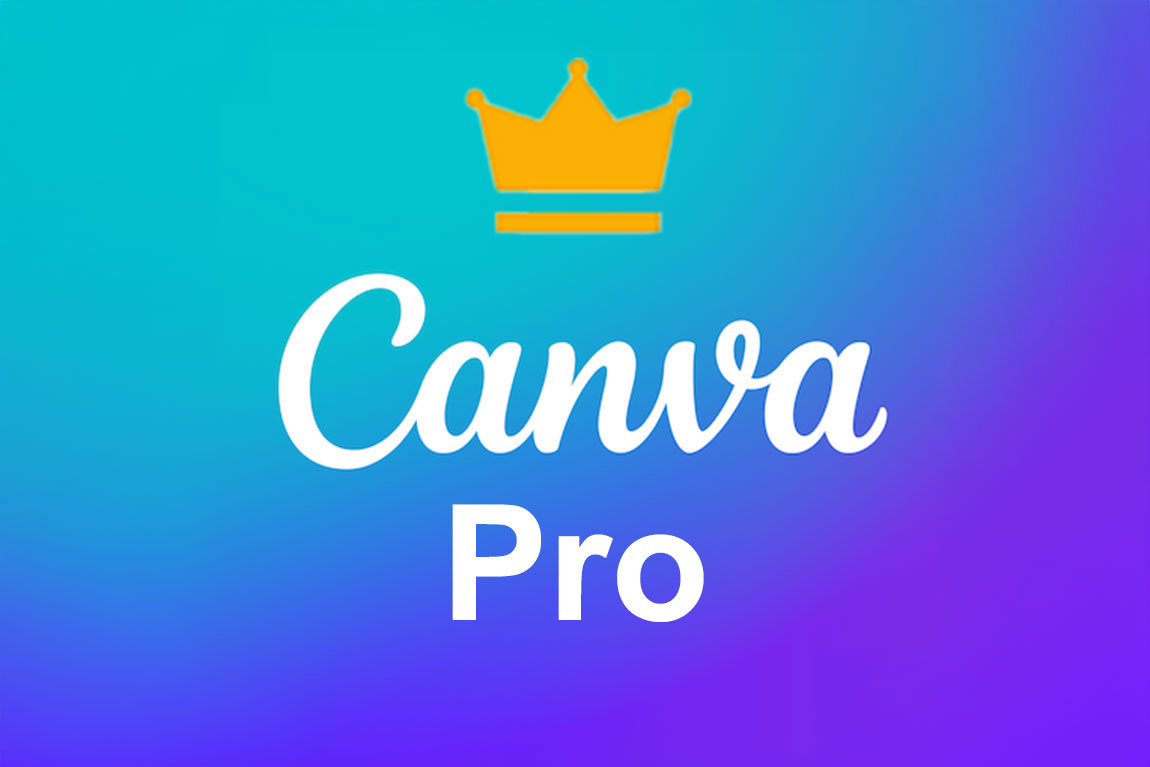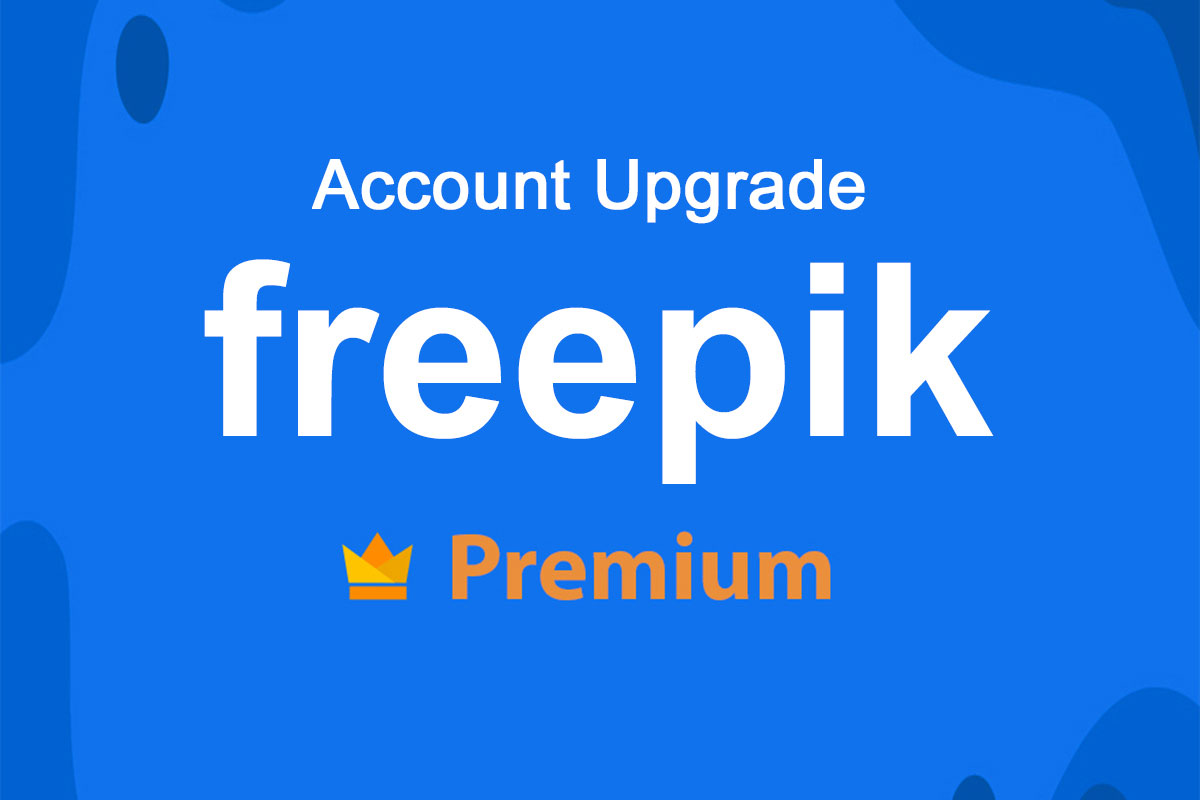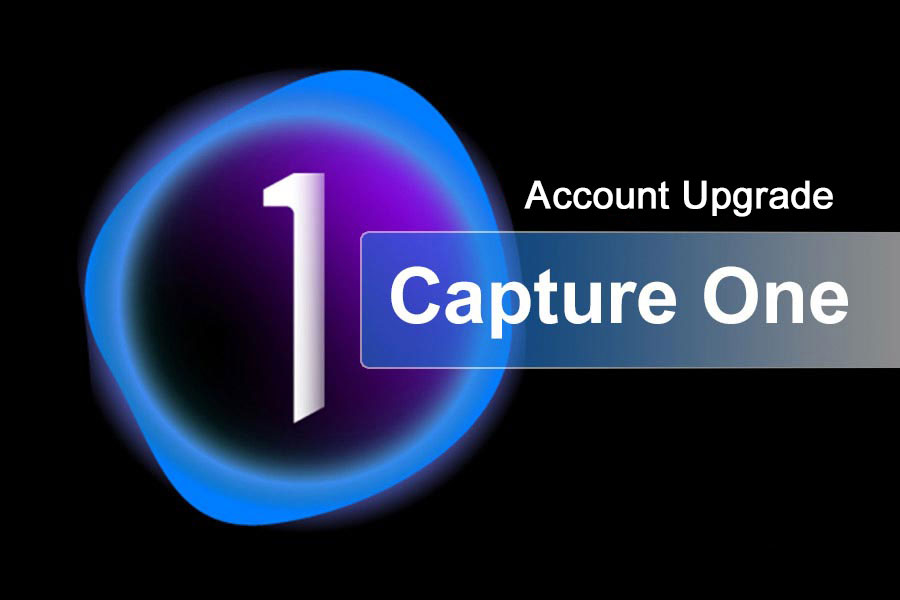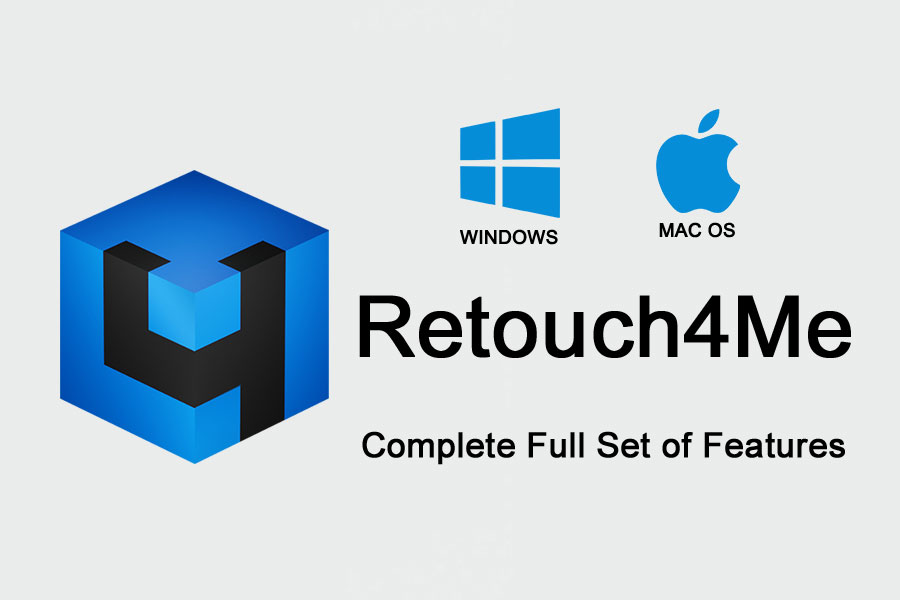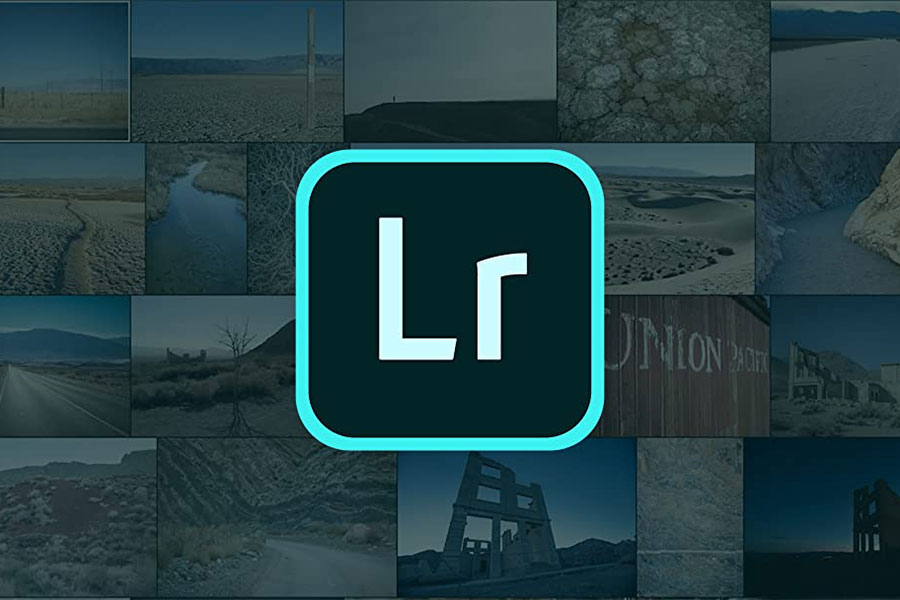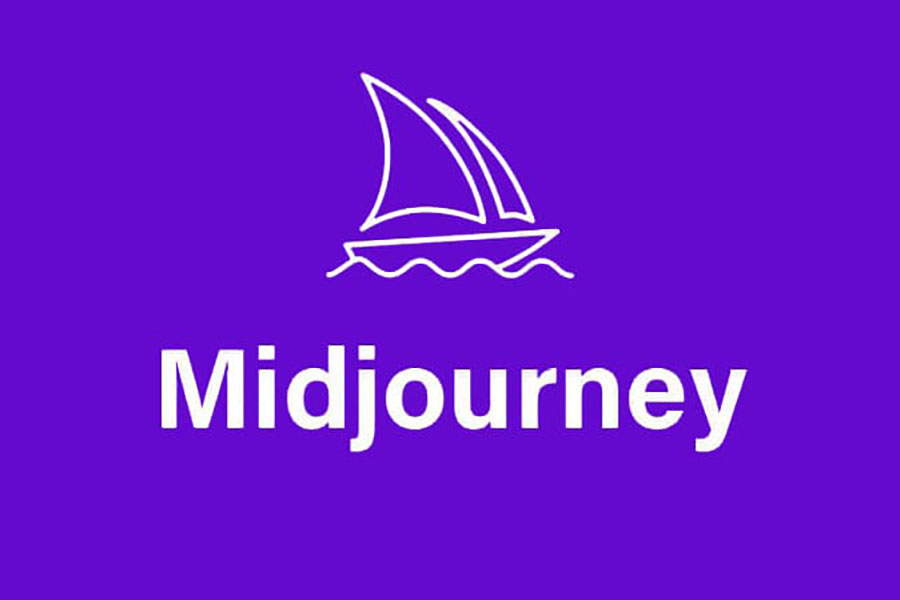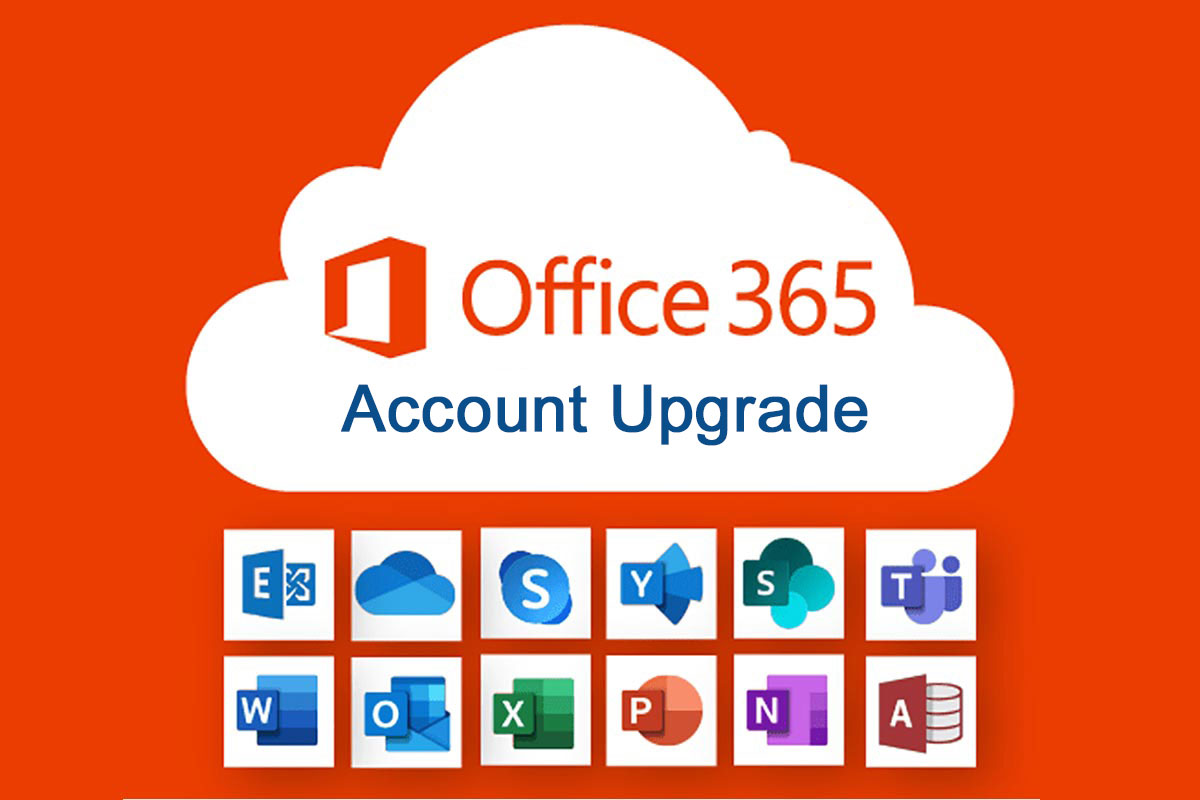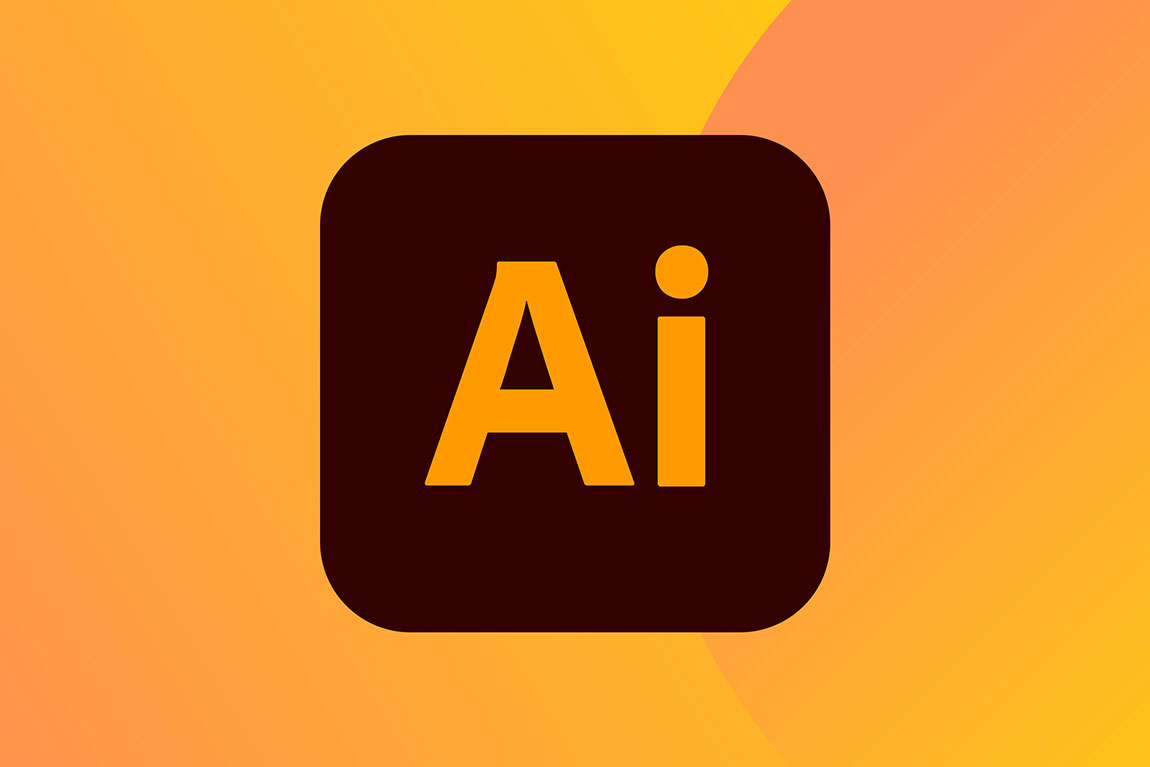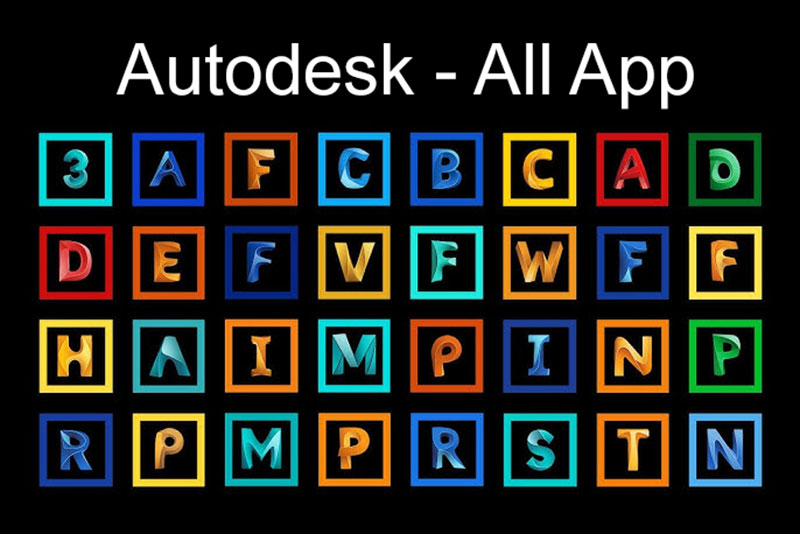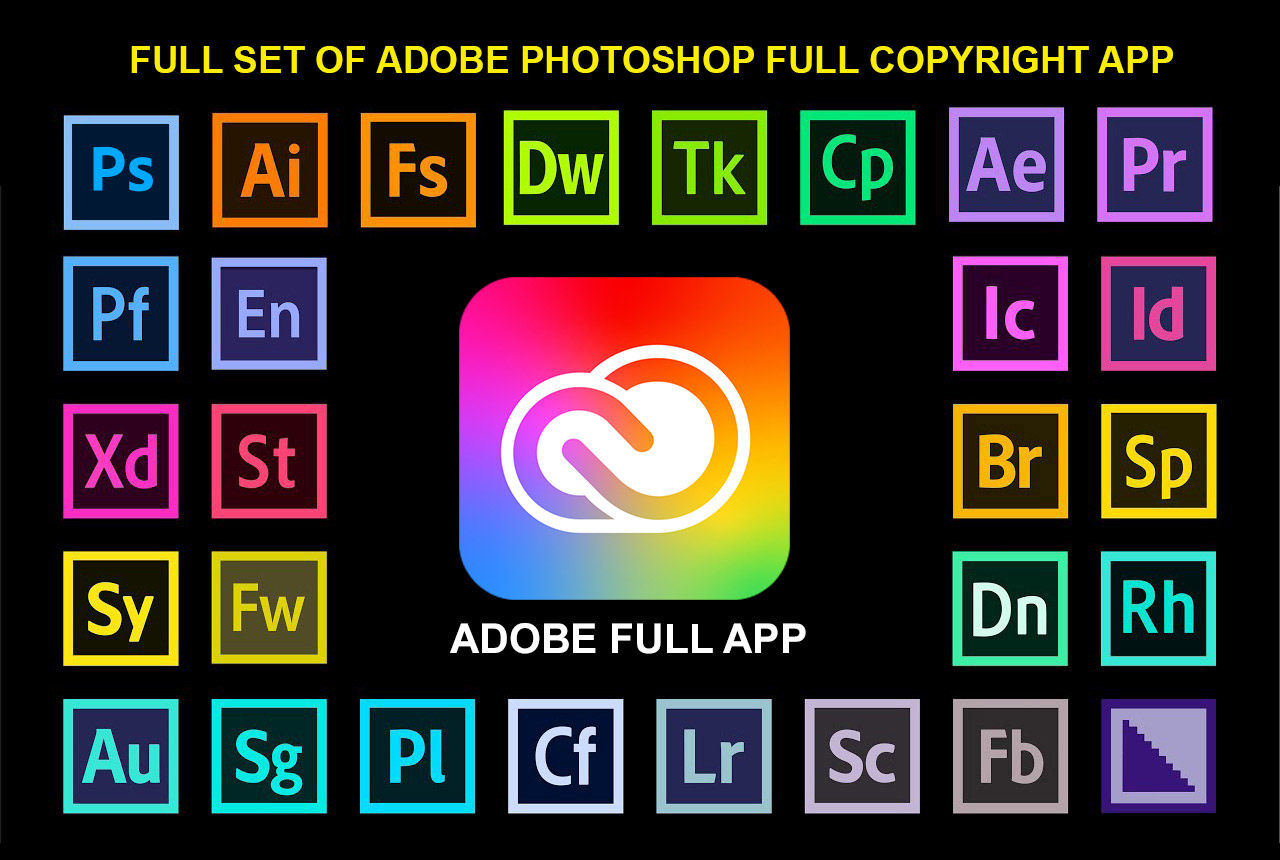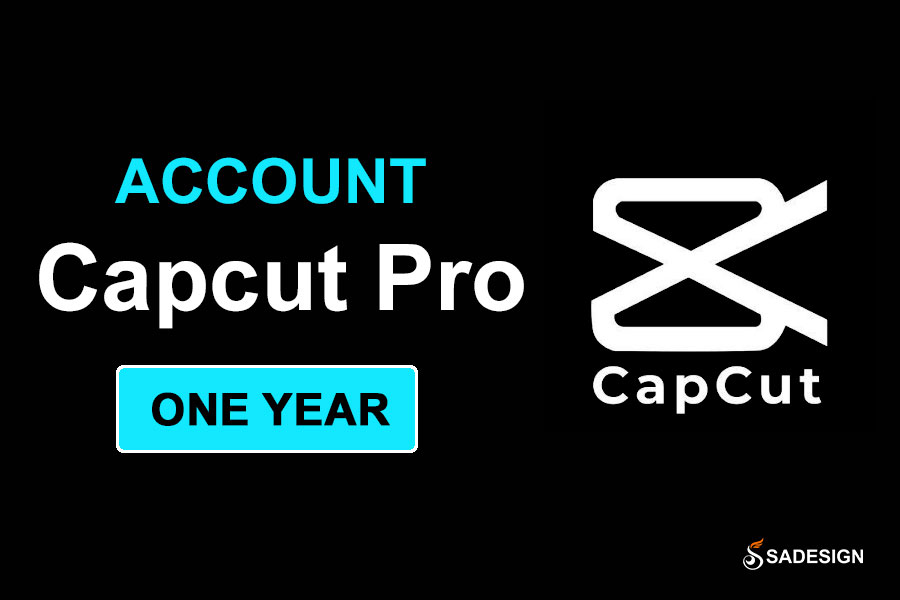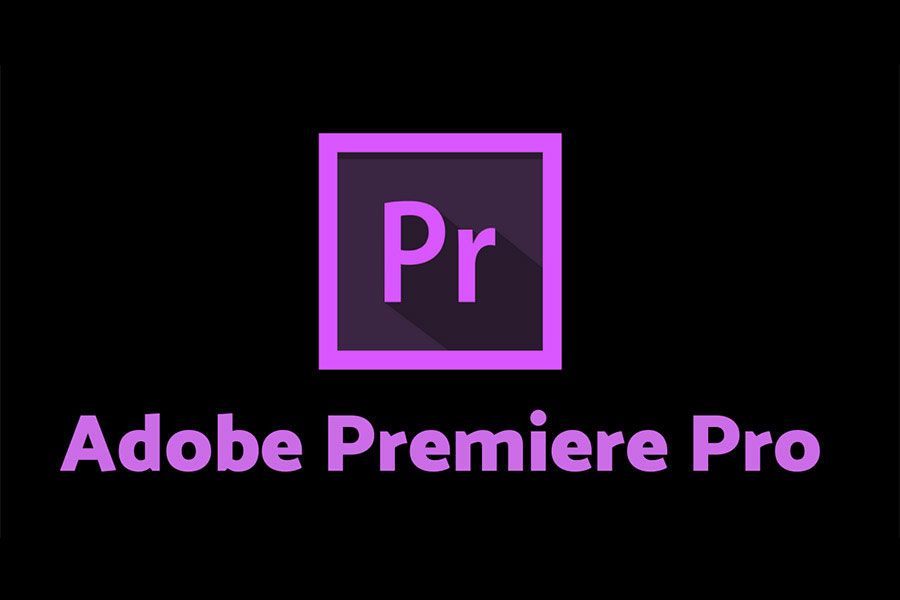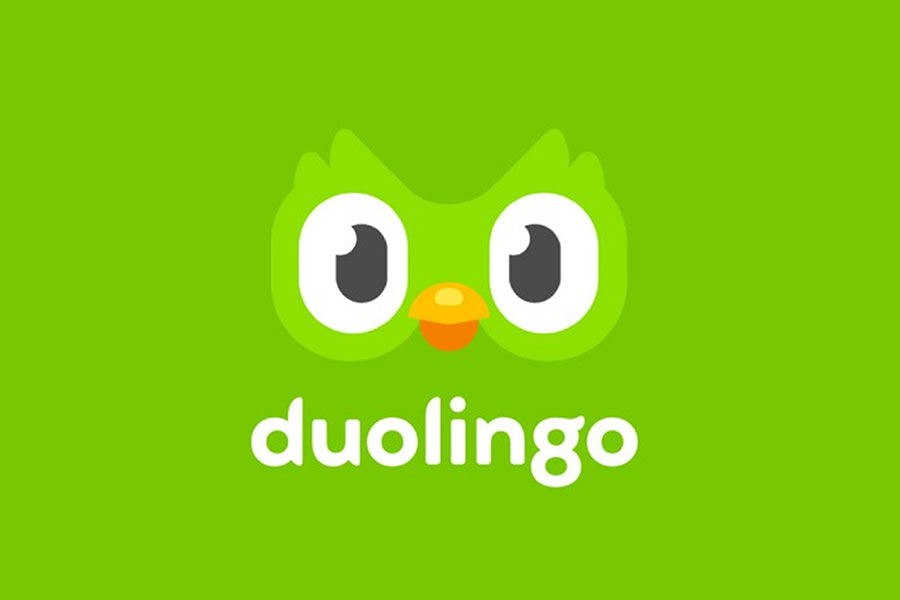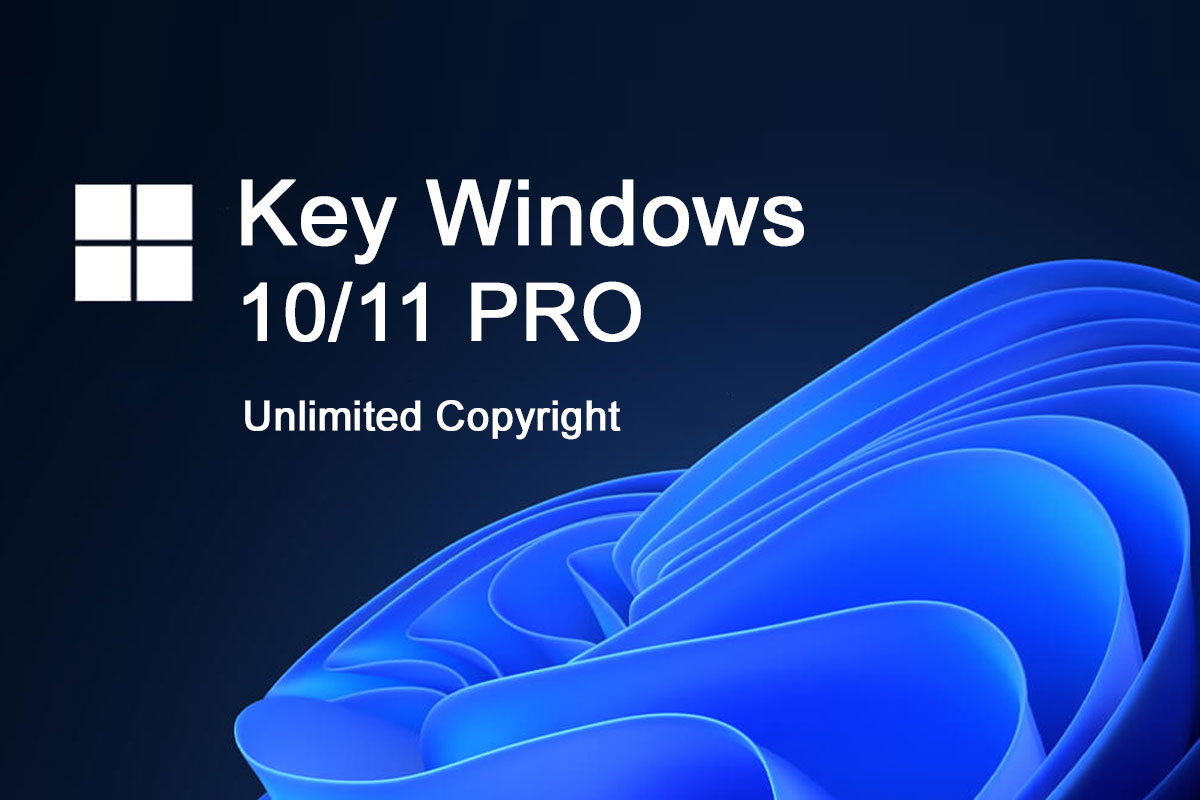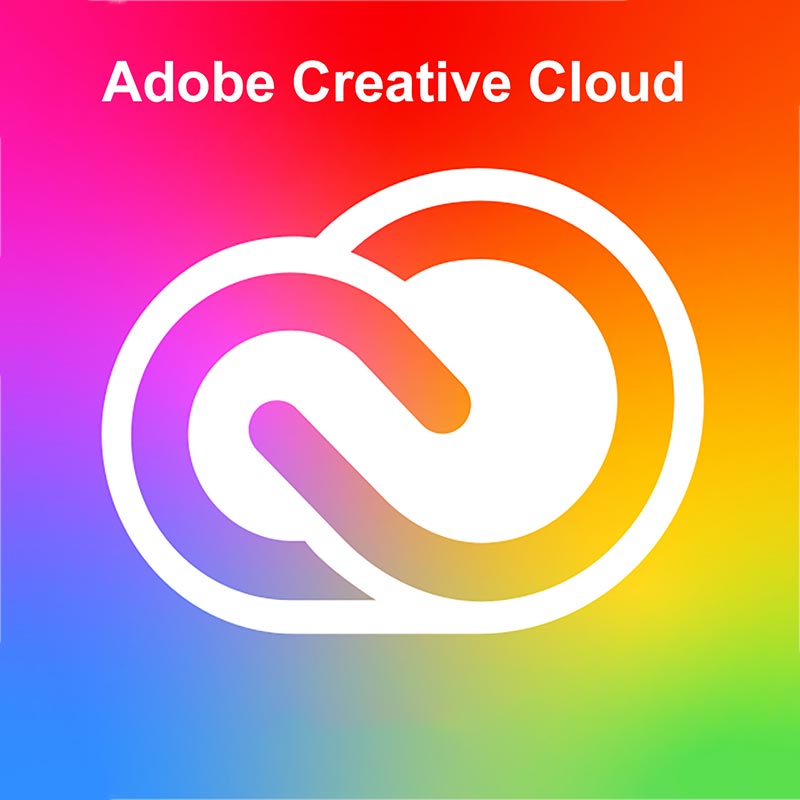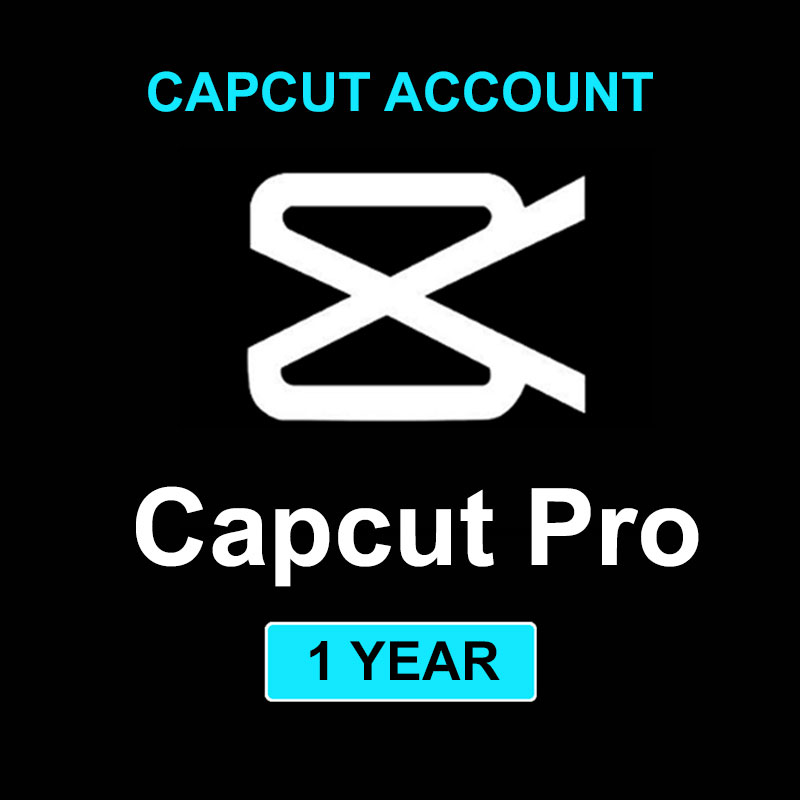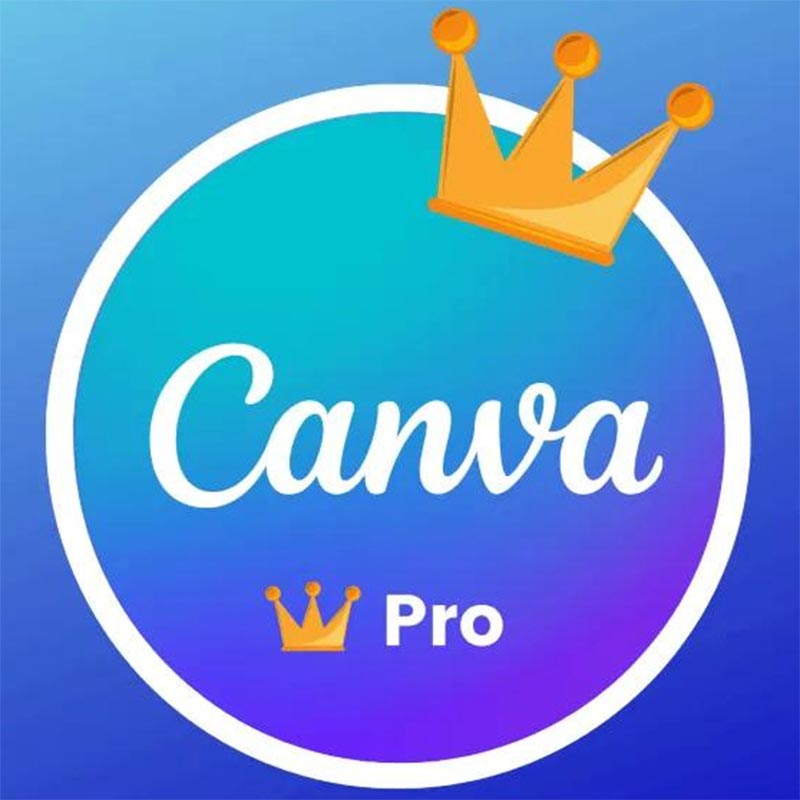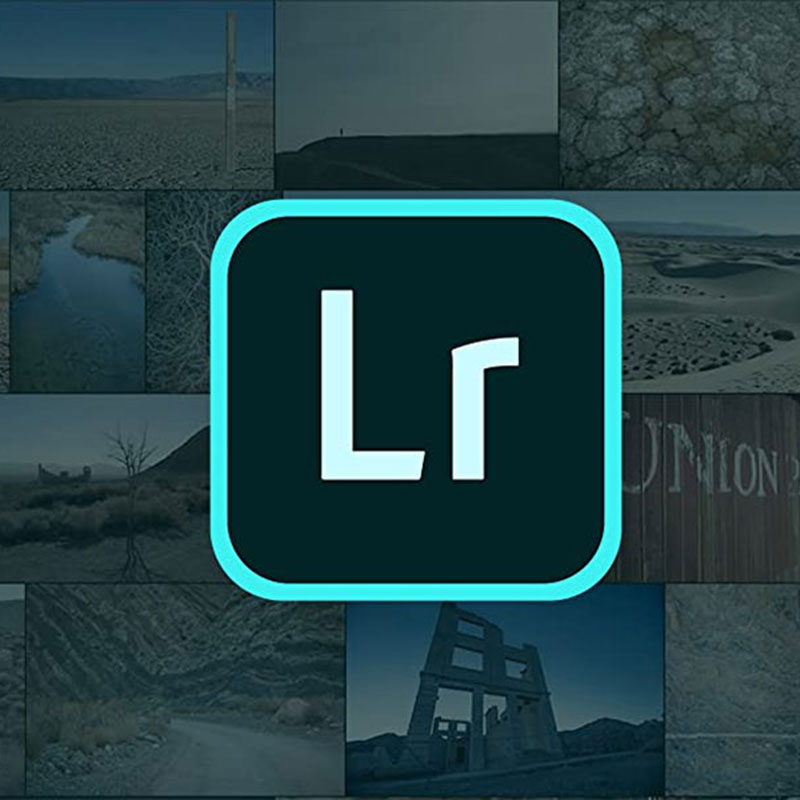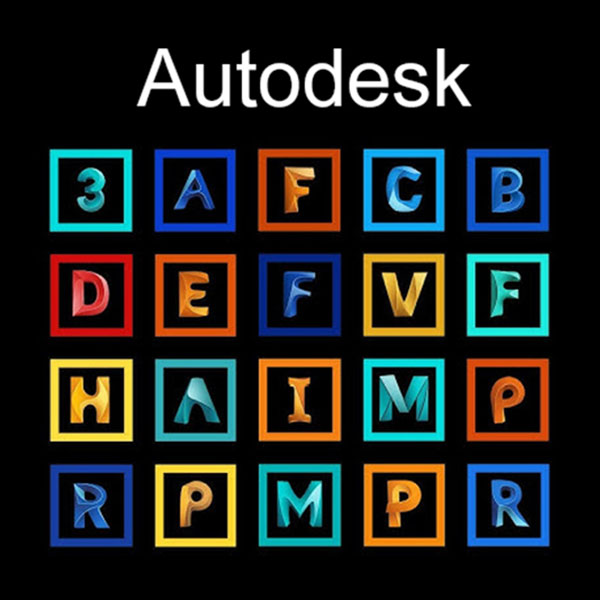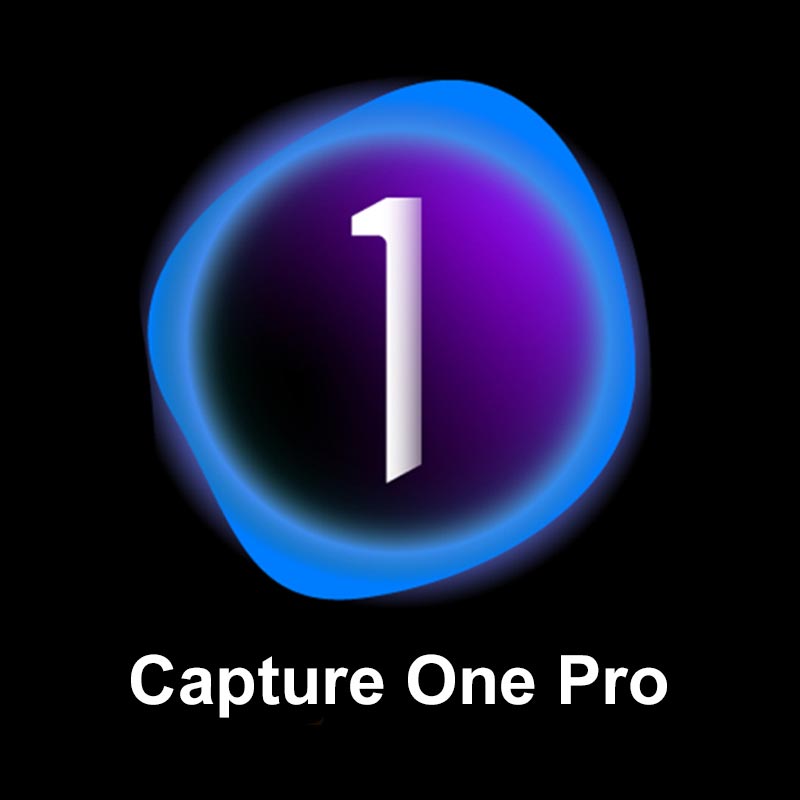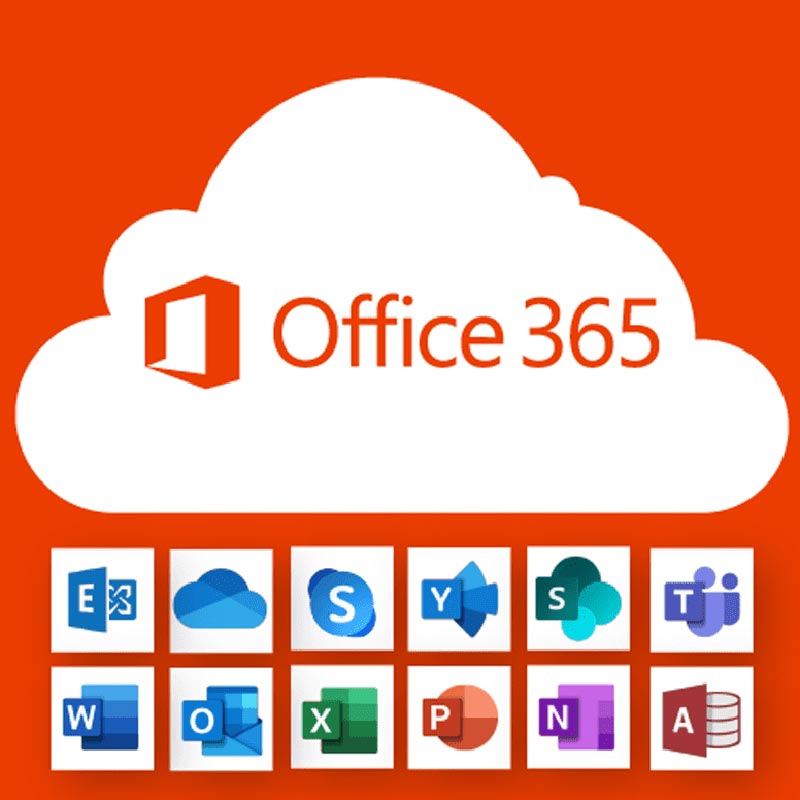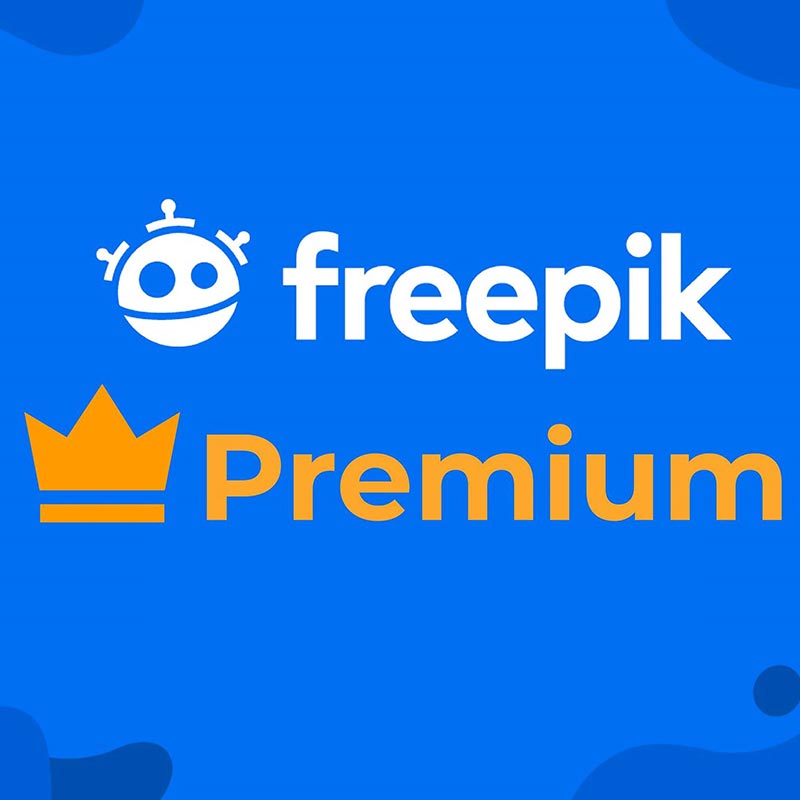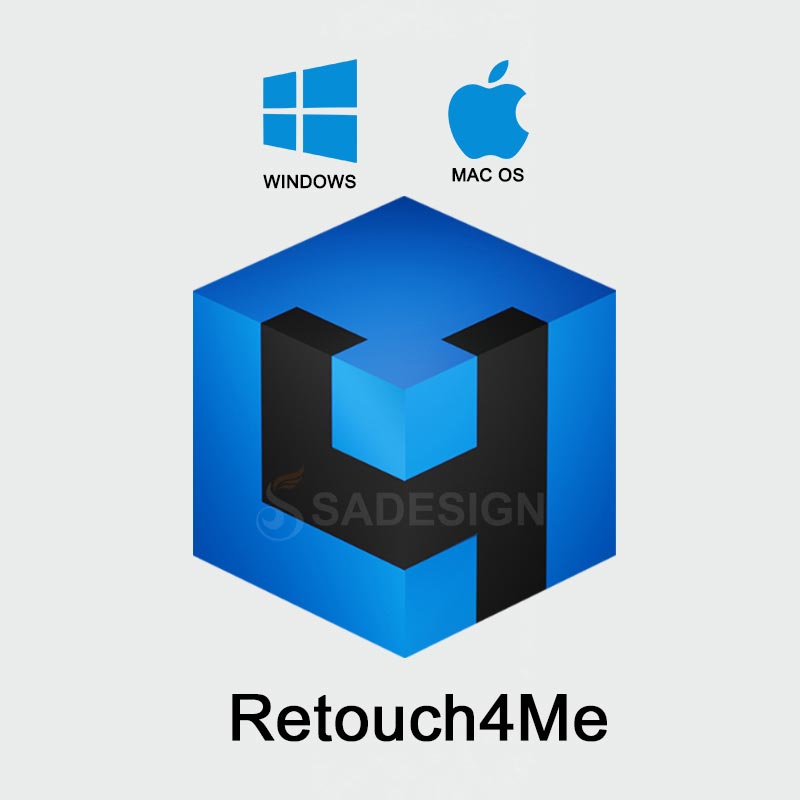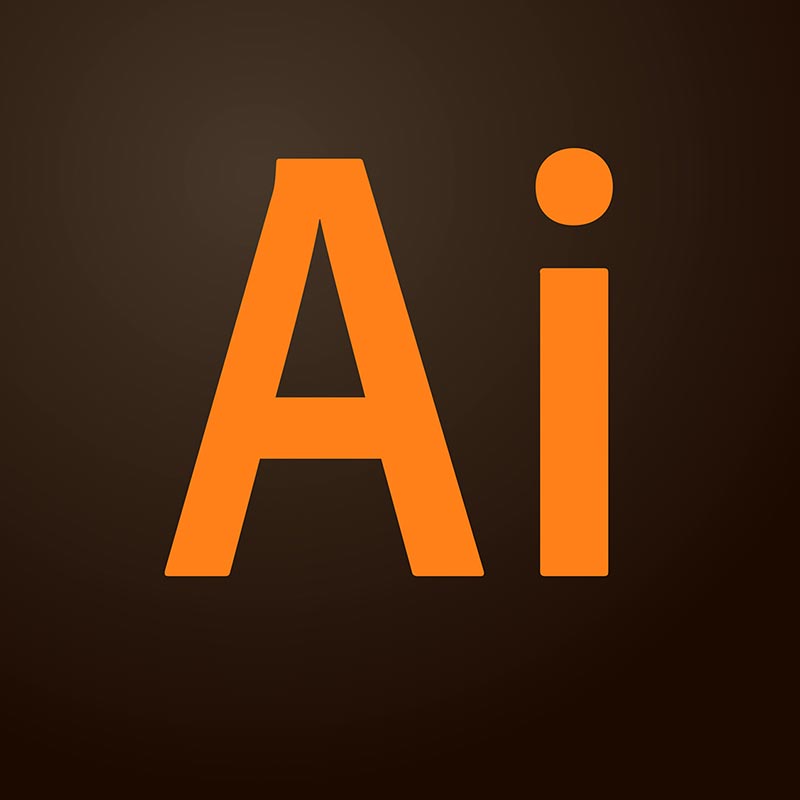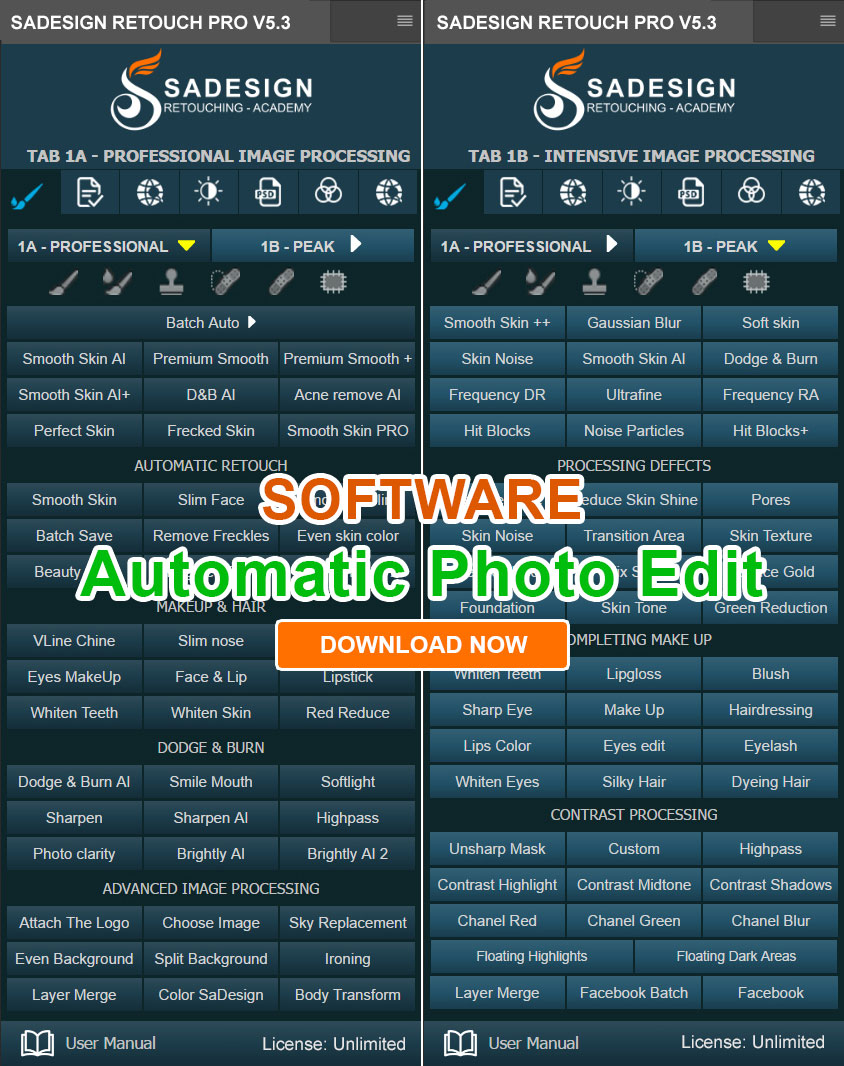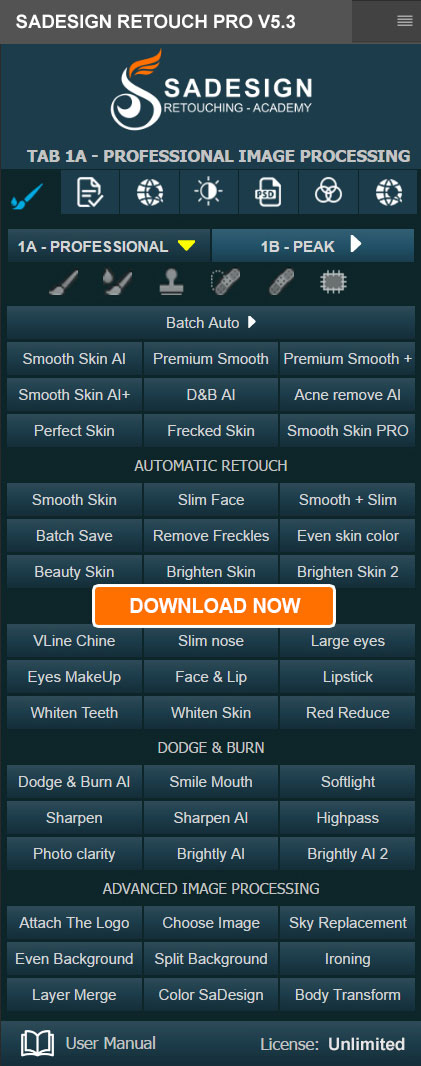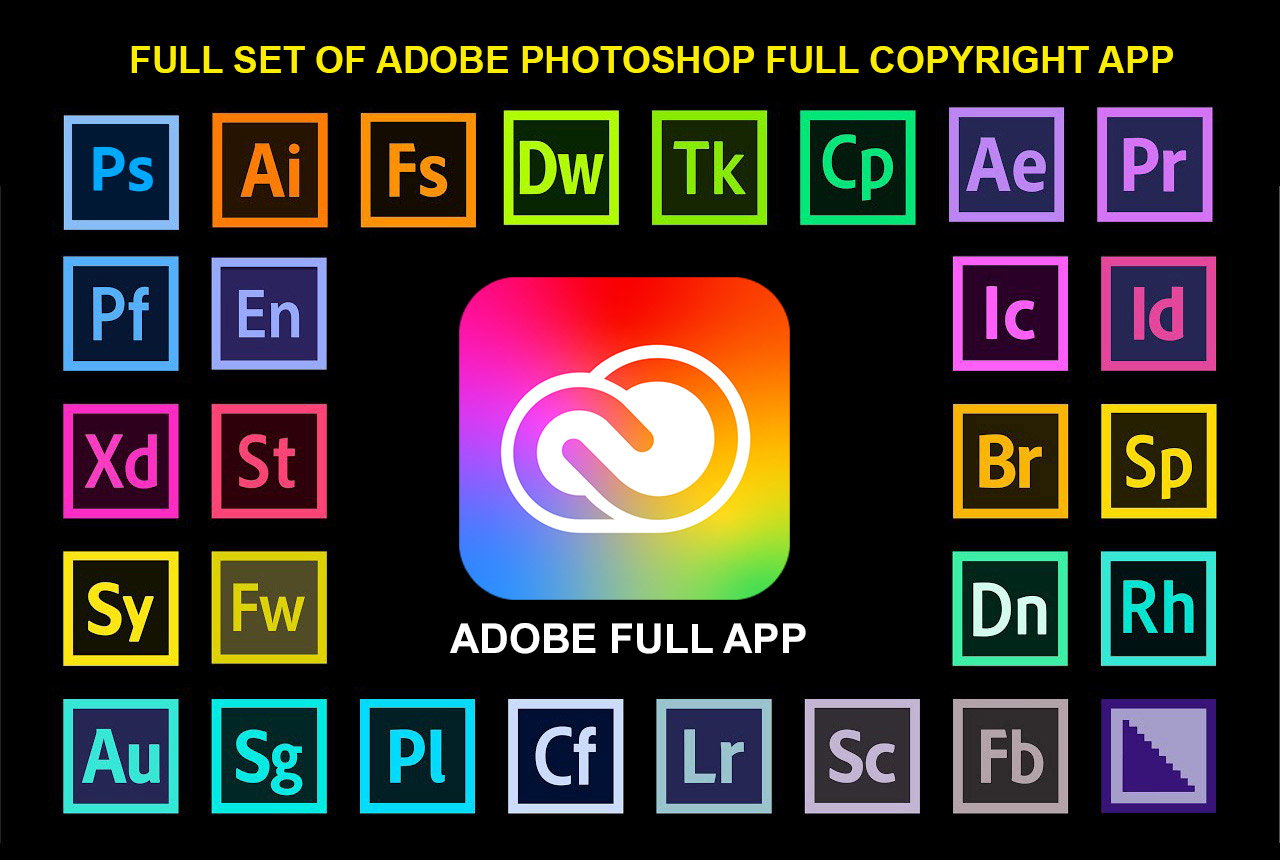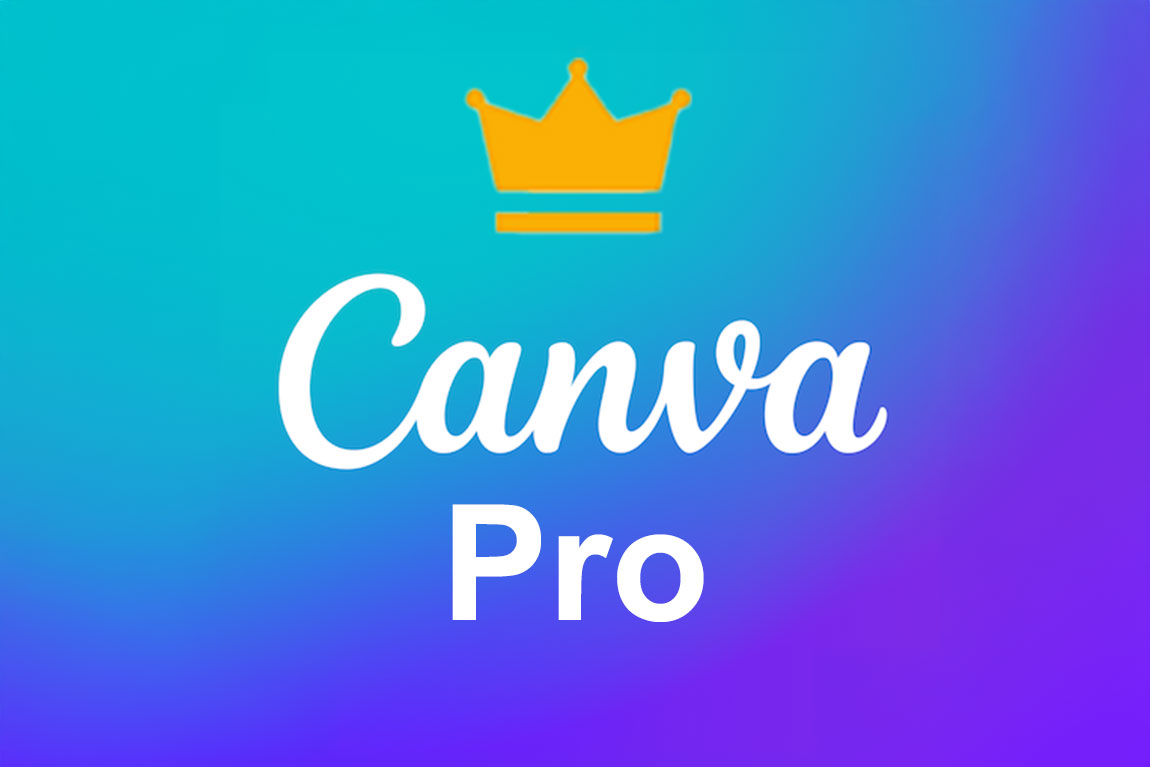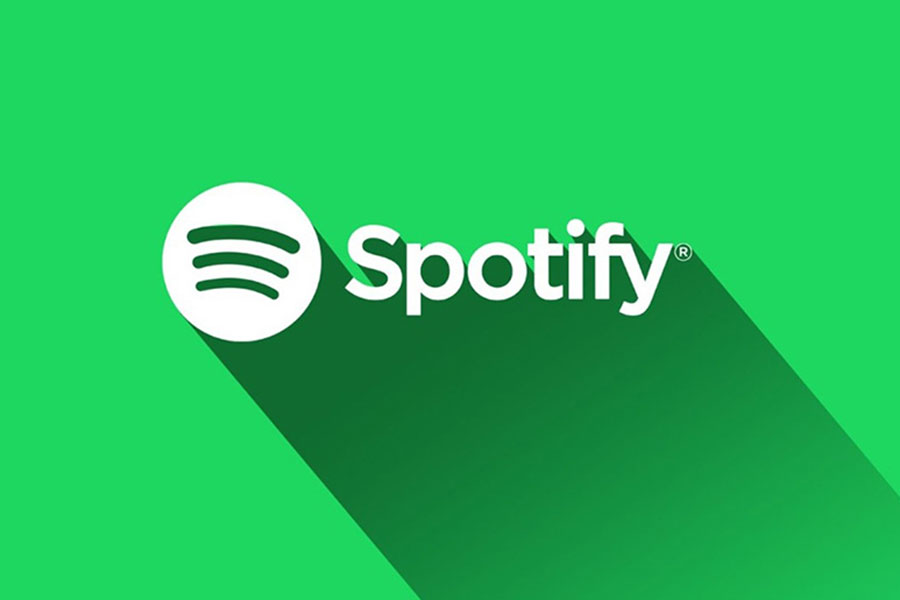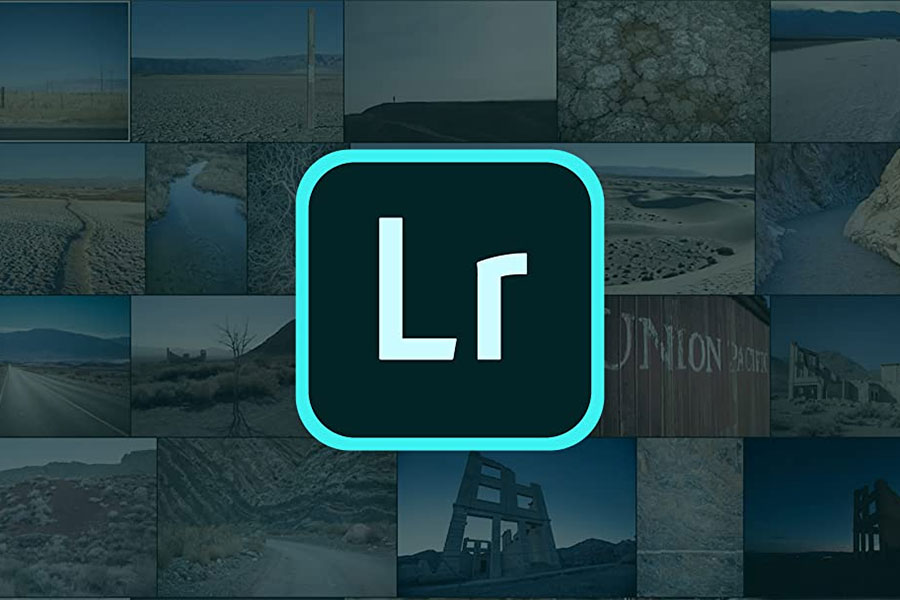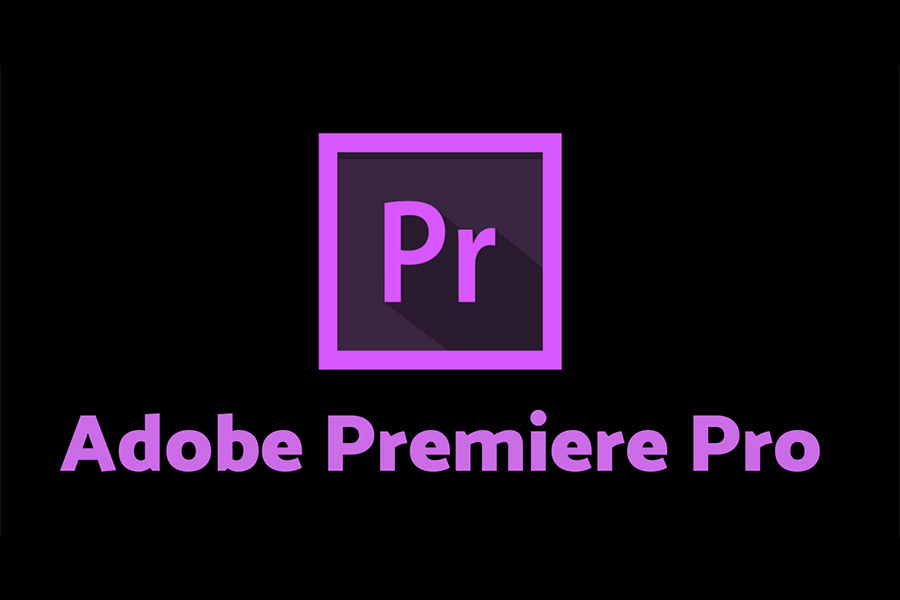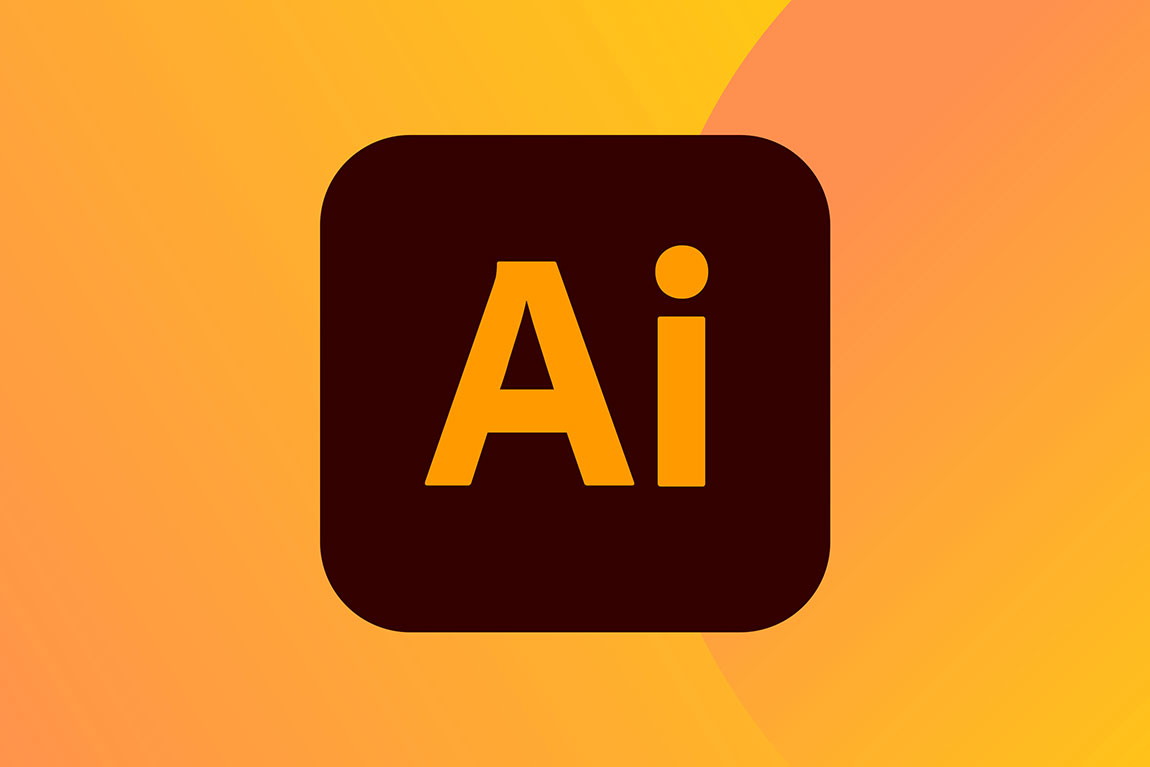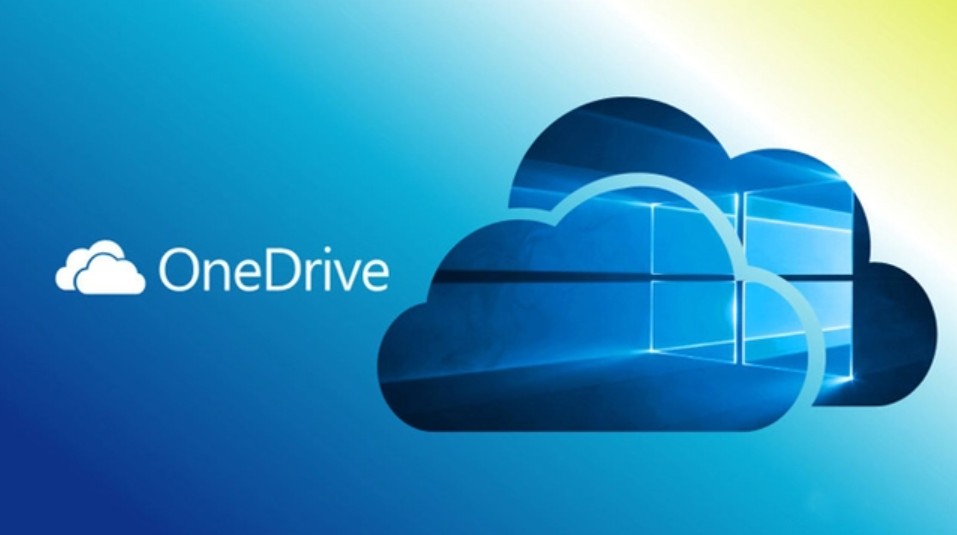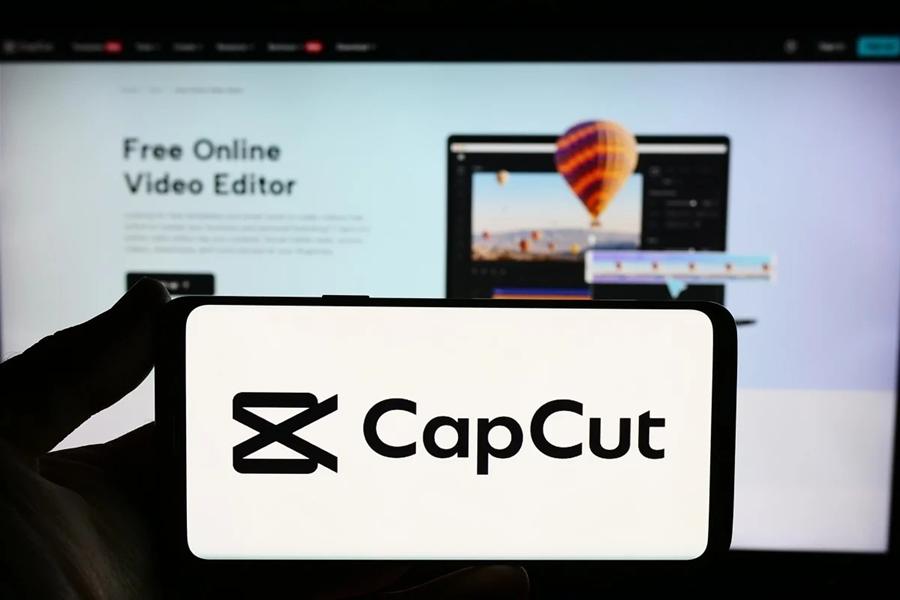Best Selling Products
Google Drive or Dropbox? All the Differences You Need to Know!
Nội dung
- 1. Overview of Dropbox and Google Drive
- 1.1. Dropbox – Simple storage, fast synchronization
- 1.2. Google Drive – Powerful storage in the Google ecosystem
- 2. Advantages and disadvantages of Dropbox
- 2.1. Advantages of Dropbox
- 2.2. Disadvantages of Dropbox
- 3. Advantages and disadvantages of Google Drive
- 3.1. Advantages of Google Drive
- 3.2. Disadvantages of Google Drive
- 4. Detailed comparison between Dropbox and Google Drive
- 5. Dropbox vs. Google Drive: Which Storage Service Is Best for Business?
Google Drive and Dropbox are both powerful cloud storage platforms, but each has its own pros and cons. Learn the differences to choose the right tool for you!

Nowadays, online data storage has become an essential need for individuals and businesses. The two most popular platforms today are Dropbox and Google Drive , which provide convenient cloud storage space, helping users access data from any device, anywhere. However, between Dropbox and Google Drive, which is the best choice? Which service is suitable for your needs? In this article, SaDesign will go into detail to compare these two platforms to help you understand each service to make the right decision.
1. Overview of Dropbox and Google Drive
1.1. Dropbox – Simple storage, fast synchronization
Dropbox is one of the pioneering cloud storage services, launched in 2007 by Dropbox Inc. With its simplicity and powerful synchronization features, Dropbox quickly became a popular choice for individuals and businesses.
Dropbox's special feature is its ability to synchronize files efficiently and quickly thanks to block-level technology, which helps update files faster than traditional methods. In addition, Dropbox also supports easy file sharing with advanced security options.
(1).png)
1.2. Google Drive – Powerful storage in the Google ecosystem
Launched in 2012, Google Drive is a cloud storage service in the Google ecosystem, deeply integrated with tools such as Google Docs, Sheets, Slides, Gmail, Photos, helping users work effectively right on the platform. Google Drive is not only a storage service but also provides a powerful office suite, allowing editing and collaboration on documents online without downloading.
Both services have their own advantages, but to know which platform is better for you, let's go into a detailed comparison of the most important factors.
2. Advantages and disadvantages of Dropbox
Similar to other services, Dropbox also has its own advantages and disadvantages. Accordingly, below are some highlights that users should consider before deciding to use this service:
2.1. Advantages of Dropbox
Powerful Sync: Dropbox stands out for its fast and accurate data syncing across multiple devices. Files and folders are automatically synced between devices without the sync issues that some other services experience.
(2).jpg)
Share files and collaborate easily: Dropbox supports file and folder sharing with granular access permissions, users can share via link, send email invitations, or control editing and viewing permissions.
Unlimited Storage (for Premium Plans): With Dropbox Advanced and Dropbox Business plans, users can have unlimited storage, which is useful for large businesses or workgroups with large data storage needs.
Security and access control: Dropbox uses AES-256 encryption for data at rest and SSL for data in transit. It also offers advanced security features like two-factor authentication, granular access control, and sharing controls.
File and Version Recovery: Dropbox offers a Version History feature, which allows users to recover previous versions of edited files. This is useful when a user accidentally deletes or changes an important file.
Integrates with many third-party applications: Dropbox can integrate with many external applications and software, helping to enhance teamwork and collaboration. Such as Slack, Microsoft Office, Adobe, Trello, and many more.
(1).png)
2.2. Disadvantages of Dropbox
High price compared to other services: Dropbox is quite expensive, especially for small storage plans. Therefore, if users only need a small amount of storage, Dropbox is often not the optimal solution to save costs.
Limited free storage (2GB): Dropbox's free storage is limited to 2GB, which may not be enough for users with large data storage needs. Users will have to upgrade to paid plans if they want more storage.
No built-in office document editing features: Although Dropbox supports integration with office editing tools like Microsoft Office, the tool is still limited in online document editing features like Google Drive with Google Docs, Sheets, Slides. This can reduce the convenience of working online.
Lack of offline sync: Free plan users cannot access files offline or fully sync between devices without an Internet connection, which can be difficult in some work situations.
3. Advantages and disadvantages of Google Drive
Google Drive also has its own advantages and disadvantages that users should know before making a decision. Specifically:
(1).jpg)
3.1. Advantages of Google Drive
Huge free storage (15GB): Google Drive offers up to 15GB of free storage for new users, which is especially useful when users need to store documents, videos, images, and email data (Google Drive will share storage with Gmail and Google Photos).
Tight integration with Google services: Google Drive works seamlessly with Google applications such as Google Docs, Sheets, Slides, and Google Meet… allowing users to easily create, edit and share documents online without installing software.
Easy sharing and collaboration: Google Drive allows users to easily share files and folders with others via links or with a specific group of users. At the same time, tight access control is provided to keep important data safe.
Access from any device: Google Drive supports a variety of platforms, including Windows, macOS, Android, iOS. Users can access their files from anywhere, as long as they have an internet connection.
(1).png)
Powerful search: Drive uses Google search technology, making it easy to find files based on their name, content, attachments, or images within the file.
Strong security policy: Google Drive uses SSL encryption for transmission and AES-256 encryption for data storage, along with 2-factor security and access control tools.
3.2. Disadvantages of Google Drive
Free storage limits: While Google Drive offers 15GB of free storage, this is shared across all Google services (Gmail, Drive, and Google Photos). If you have a lot of emails or photos, you will quickly run out of space.
Microsoft Office file editing features are not fully supported: Some complex formatting or features may be lost or not display properly when moving from Office to Google Docs.
Upload and download speeds: Google Drive file transfer speeds can be slow if the user has an unstable internet connection or when uploading or downloading multiple large files at once.
.png)
4. Detailed comparison between Dropbox and Google Drive
Comparing Dropbox and Google Drive can help users easily determine which service is best suited to their needs. Accordingly, here are some key criteria users should consider and weigh before making a decision:
Criteria
Dropbox
Google Drive
User Interface
Simple interface, optimized for file sharing and management. Users can easily drag and drop files into folders to upload.
The interface is also very friendly and intuitive, users can use it simply even if they are not too tech-savvy.
Storage capacity
2GB of free storage for basic accounts is often quite limited if you need to store a lot of large files. However, Dropbox also offers a variety of paid plans, starting at 2TB with Dropbox Plus and unlimited for Dropbox Business plans.
15GB of free storage per account, including Gmail, Google Photos, and Google Drive. If you need more space, you can upgrade to paid plans with Google Workspace integration, flexible from 30GB – 5TB per user.
File synchronization capabilities
Dropbox stands out for its fast and efficient file synchronization capabilities, helping users always have the latest version of their files. In addition, Dropbox also supports customization features, allowing users to sync only certain folders and files, helping to save bandwidth and storage space.
Drive is also highly rated for its ability to sync with both apps and browsers. However, some users have found that Google Drive syncing can be slow if the file or folder is very large.
Share and collaborate
Supports file sharing via email or link, allowing users to download or edit files directly if they have permission. However, the direct collaboration feature on Dropbox is not as powerful as on Google Drive.
Highly appreciated for its ability to support online collaboration on Google Docs, Sheets and Slides files, allowing multiple people to work on the same document, updating quickly and flexibly in real time.
Compatible formats
Supports most popular file formats. However, does not provide direct file editing tools like Google Drive.
Compatible with many popular file formats, especially office document formats such as .docx, .xlsx, .pptx, and supports image, video, PDF formats, etc. In addition, Google Drive also supports direct editing of Google Docs, Sheets and Slides files without installing additional software.
Security & Privacy
Files on Dropbox are protected with SSL encryption in transit and 256-bit AES encryption at rest. Two-factor authentication and additional security features are also supported, keeping your data safe from cyber threats.
Drive uses SSL encryption to secure data in transit, and 256-bit AES encryption for stored files. Along with that, there are advanced security features such as two-factor authentication and access control to keep user data safe.
Integrate applications
Can integrate with many third-party applications such as Microsoft 365, Slack, Zoom, Trello… but not as diverse as Google Drive.
Well integrated with Google applications such as Gmail, Google Photos, Google Docs, Google Sheets, Google Slides, ... helps users work effectively in a unified ecosystem. Not only that, the tool also supports third-party applications via Google Workspace Marketplace.
Cost of use
Includes 2GB of free storage and flexible paid plans based on user needs. Business plans offer expanded features and unlimited storage.
Offering 15GB of free storage and flexible paid plans with Google Workspace integration, Drive is a good option for users looking for a cost-effective solution at a reasonable price.
.png)
5. Dropbox vs. Google Drive: Which Storage Service Is Best for Business?
When considering between Dropbox and Google Drive for business, managers will need to consider many factors, such as cost, features, or usage needs, etc. Both platforms have their own advantages and can meet the different needs of each type of business. Specifically:
For small businesses, Google Drive may be a better choice thanks to its large free storage capacity and integration with many office applications. This helps businesses save maximum costs and easily manage documents.
For larger businesses, Dropbox may be a better choice due to its fast file syncing and sharing capabilities. Dropbox also has some advanced security features, which is important for large businesses where data protection is a top priority.
Choosing between Dropbox and Google Drive depends on your needs. Whether you are an individual or a business, using the right cloud storage service will help optimize your work, protect your data, and improve your productivity. Hopefully, this article has helped you have a clearer view to make the right decision.
